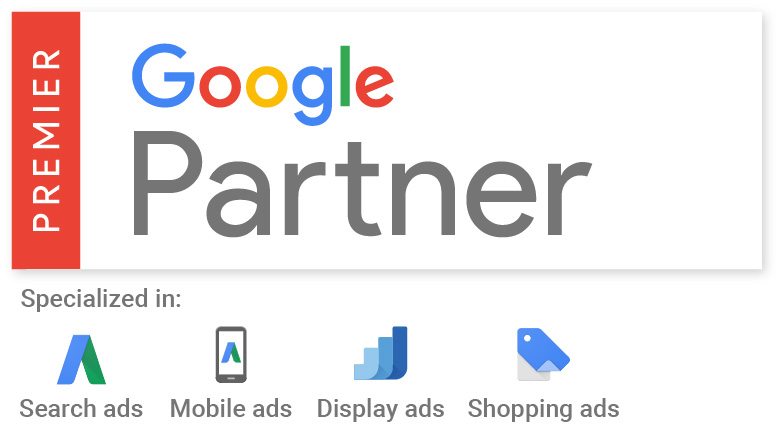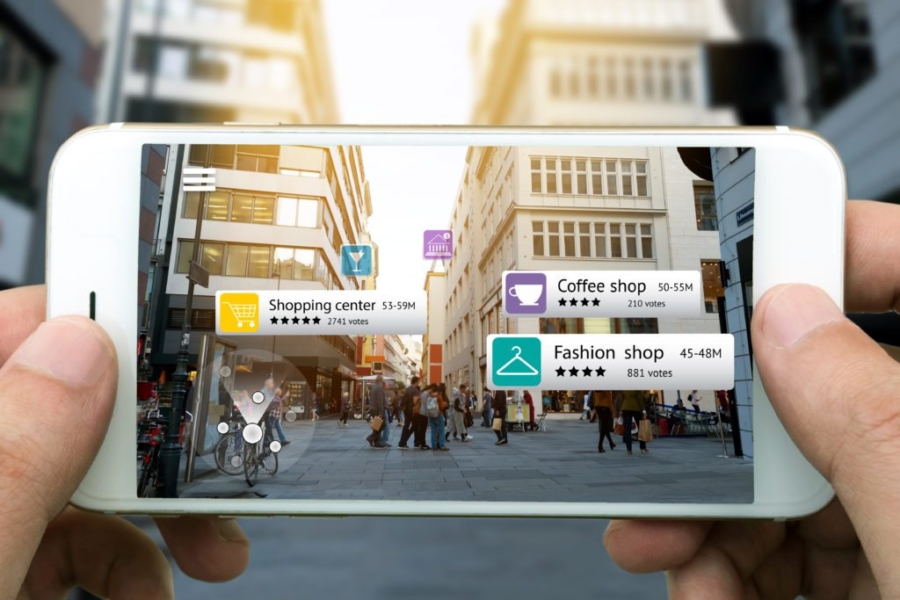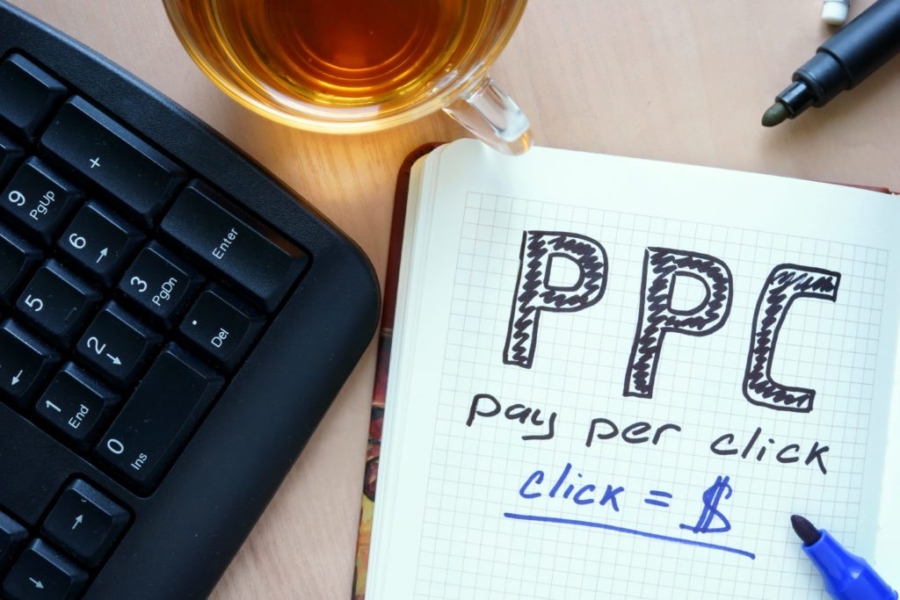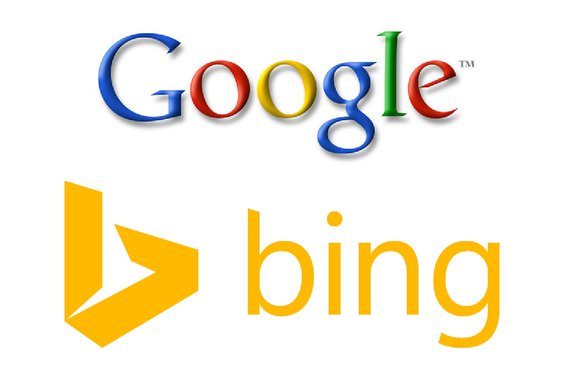Nearly every digital marketer in today’s society utilizes Google as a primary form of advertisement. With more than 6.5 billion searches being made each day, the need to rank well on Google’s search results page is imperative.
- Home
- Tag: Google Adwords
Google has announced that the Google Partners program has launched a new certification exam - Digital Sales. Google Partners is a program that provides agencies access to free training and exclusive tools, as well as the guidance and
Google AdWords is the most common form of digital advertising. The use of its search, display, and shopping networks have an incredible impact on consumers who are conducting daily searches online. Unfortunately, even the best digital marketing
As foot traffic for local businesses continues to decline due to online shopping preferences, it's essential for companies to pursue an effective digital marketing strategy. Through the use of digital marketing there are numerous strategies that businesses
The world of digital marketing is ever-changing. Constant updates, innovations, emerging technology, it all makes it a bit difficult to keep up. Here is a quick highlight of current trends to pay attention to within the coming
1.) Define Key Performance Indicators Not all KPIs are created equal. When starting an advertising campaign, make sure to clearly state which metrics are most important to you. Do you want to focus on conversations, or reach?
When weighing out your options for SEM and how to most effectively spend ad dollar, analyzing the benefits of using Google AdWords and Bing Ads is a great starting point. The common assumption is that Google AdWords
There are plenty of articles out there claiming to have some sort of quick fix or tip to exponentially boost your AdWords campaigns. In certain case studies these hints may have actually been incredibly successful, but that















